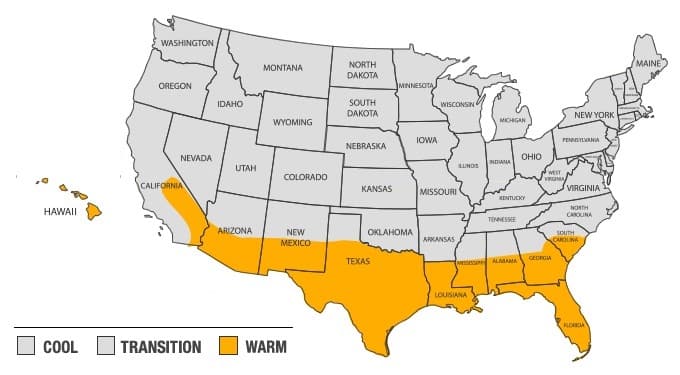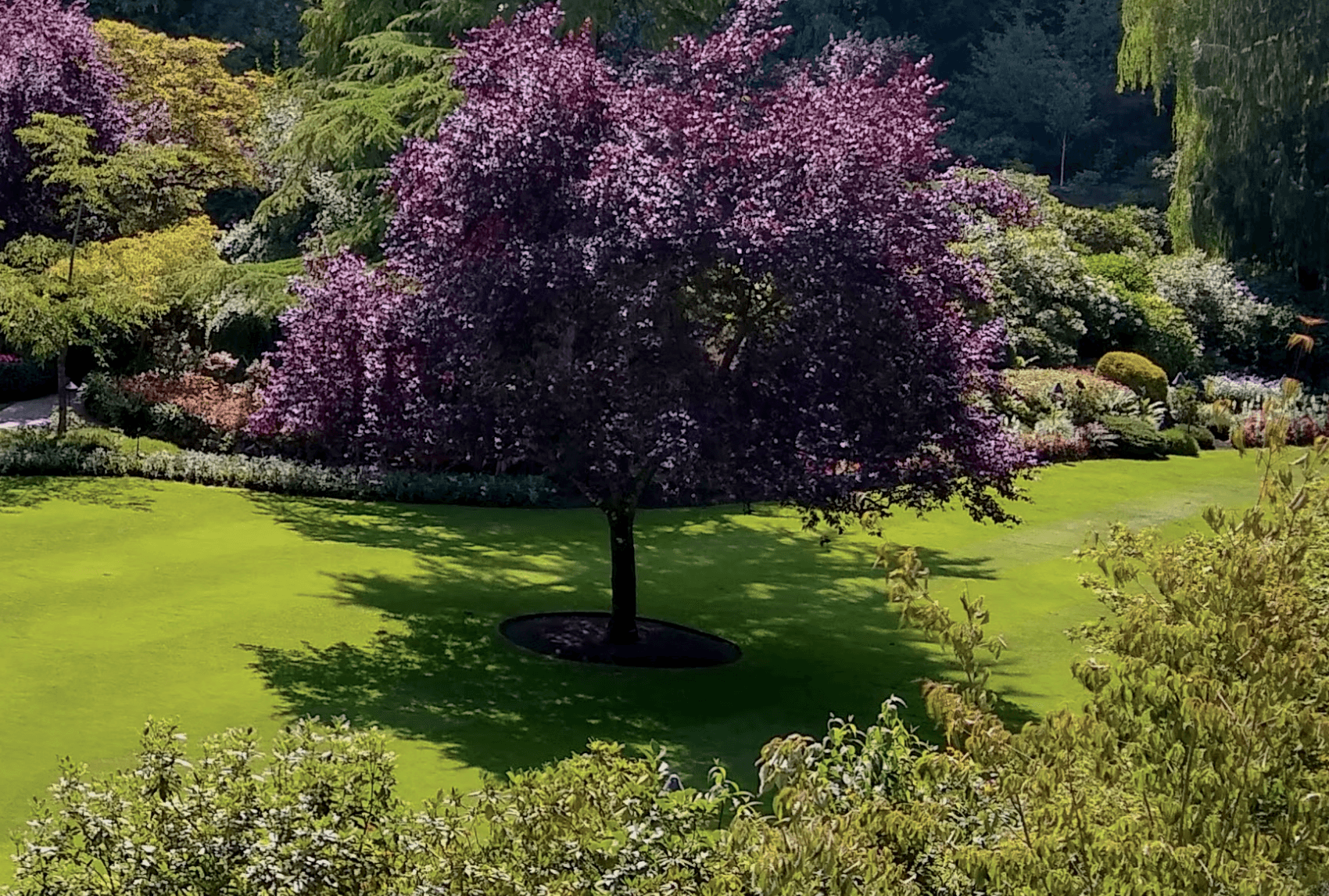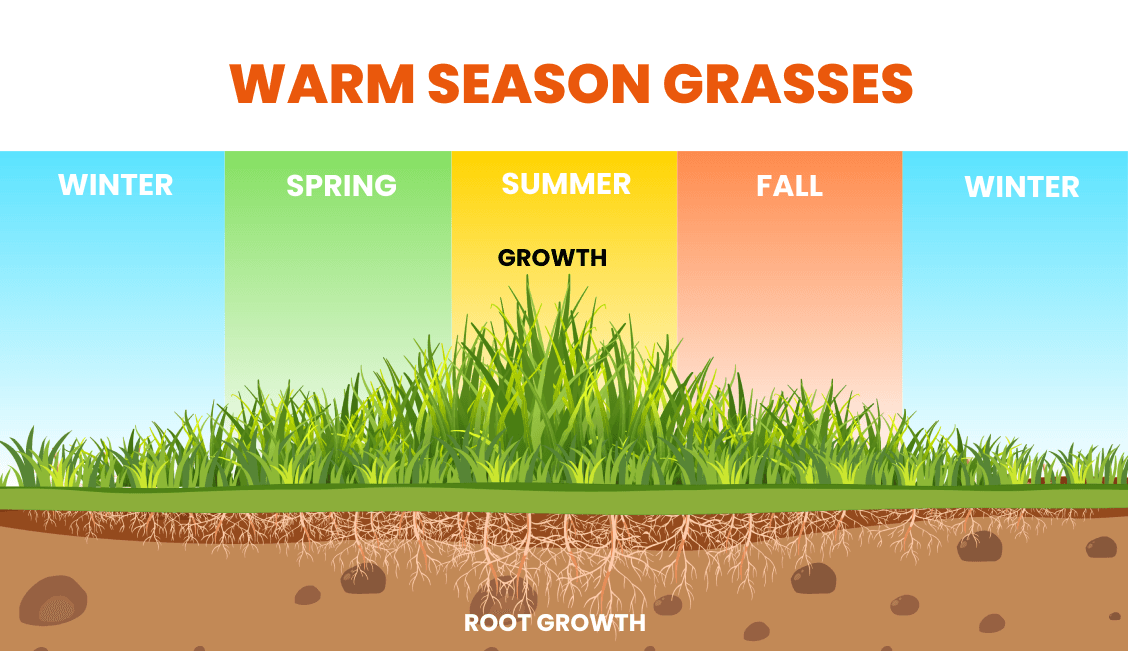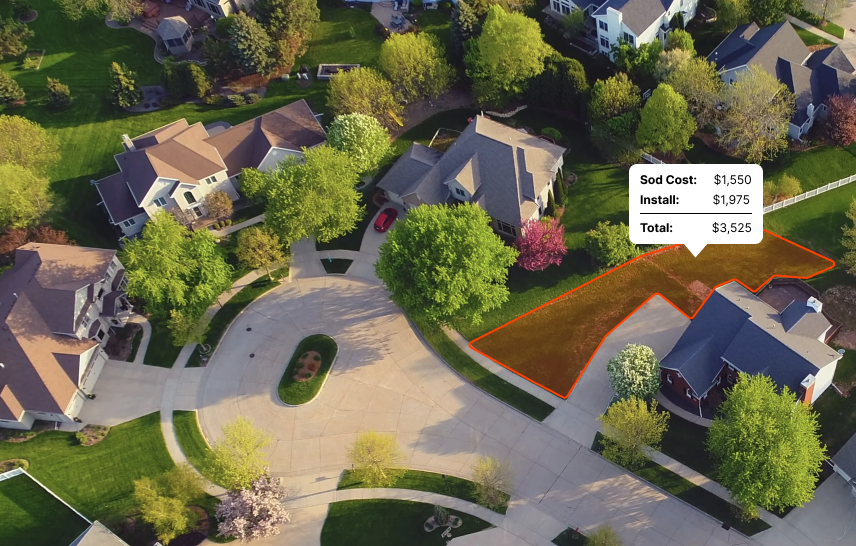Overall, growing grass in Arizona can be challenging due to the extreme climate, but with the right timing and selection of grass type, it is possible to have a beautiful and healthy lawn.”
Introduction
Arizona has a hot desert climate with long, hot summers and mild winters. This climate affects the types of grass that are best grown there because the hot temperatures and low humidity make it difficult for many types of grass to thrive.
The best time to lay grass in Arizona is during the cooler months, typically between October and April. This is because the cooler temperatures and higher humidity during this time of year provide optimal conditions for grass to establish its roots and grow.
Arizona falls within the warm-season grass zone, which means that warm-season grasses are best suited for this climate. These types of grasses are able to tolerate the hot temperatures and low humidity of the desert climate.
Overall, growing grass in Arizona can be challenging due to the extreme climate, but with the right timing and selection of grass type, it is possible to have a beautiful and healthy lawn.
What are the best sod types for AZ?
In the world of landscaping, not all grasses are created equal. Each thrives in a specific climate zone: cool, warm, or transition.

Arizona, with its warm season climate, prefers a particular set of grasses that relish the higher temperatures. The following sods are the easiest to grow and maintain in Arizona:
While it's possible to grow grasses meant for other regions with proper care, attention and timing, these are the most common grasses in Arizona for residential lawns.
Level Up Your Lawn Skills
Once per week we'll send you an interview from someone who has mastered the art of lawn care.
Recommended species for shade
Color us excited, because we've got premium sod choices that aren't going to shy away from the shade in sunny Arizona. Let's dive in.
Fescue’s the talk of the town when it comes to shade tolerance. This cool season grass pulls off a balancing act between Arizona’s scorching sun and shadowy spots. It hankers for around 4 to 6 hours of sunlight per day.
Keep in mind, though, even with Arizona’s winter sunshine, its overall cool temps need a heartier brand of fescue: enter Tall Fescue. Its deep roots crank up the drought tolerance, but, a word of caution, too much shade and even this grass superhero will struggle.
In the mood for something a bit more exotic? Our buddy St. Augustine boasts a luxurious thick bladed turf with high shade-tolerance. Our Arizona sunlight doesn’t seem to faze it. Less than 3 hours of mottled sunlight is perfectly fine for this sod, deeming it excellent in full or partial shade. But, and it's a big one, St. Augustine isn't a fan of the colder months. Keep it cozy.
Fine Fescue may not thrill with its name, but when it comes to shade, it's got game. Its delight in 4 hours of filtered sunlight makes it a true grass connoisseur. Word around the water sprinkler is that it withstands cold better than Tall Fescue. Cultivate with care though, because this grass doesn't love foot traffic.
Still want more choices? Kentucky Bluegrass waltzes in. While thirstier than most, boasting a high resistance to wear and tear and favoring a good 3 hours of filtered light makes it worth the extra drink.
Remember, even shade-loving grass varieties need some sunlight to photosynthesize and keep their growth engines humming.
There's no shortage of sod for shade in Arizona. We've got grasses that'll moonwalk through the shade. Choose wisely, water religiously, and you'll enjoy lush, verdant greenery all year round. Ain't that a sight for sore eyes?

Recommended for full sun or partial sun
Choosing the right sod for your lawn depends heavily on the sunlight exposure in your yard. Different grass types have varying light requirements for optimal growth and appearance. Assessing whether your lawn receives full or partial sun is essential in selecting sod that will flourish and stay healthy in your specific environment.
Below are some sod options recommended for either full sun or partial sun conditions in AZ:
| Grass Type | Sun | Good to Know |
|---|---|---|
| Bermuda | Full | Bermuda grass thrives in full sun and is known for its drought tolerance and ability to withstand high temperatures. |
| Zoysia | Full | Zoysia grass prefers full sun but can tolerate some shade. It is known for its dense turf and resistance to pests and diseases. |
| St. Augustine | Partial | St. Augustine grass performs well in partial sun and is valued for its ability to establish quickly and provide a thick, green lawn. |
What varieties stay green year-round?
As with anything agriculture related, there is some nuance to this question. There are many grasses that can stay green year round in but it depends heavily on your location within Arizona as well as any microclimates that may exist.
The following grasses have the ability to stay green year round in Arizona:
| Grass Type | Caveats |
|---|---|
| Bermuda | It typically goes dormant and turns brown after a few hard frosts in the fall and stays that way until temperatures consistently hit the 60s in the spring. |
| Zoysia | It can stay green nearly year-round in milder climates without severe winter freezes or overly high summer temperatures. |
| St. Augustine | It can stay green almost year round, but will go dormant and turn brown during cool-season months in colder regions. |
What is the best time to lay sod in Arizona?
In a warm-season location, lay sod in late spring or early summer. This timing is ideal as the warmer temperatures and longer days will promote quick root establishment and growth. Avoid laying sod in the cooler months as the grass will likely enter dormancy, slowing down the root establishment process. So, for success, stick to late spring or early summer when it's 75 to 90 degrees out.
As you can see in the image below, you'll notice the most shoot growth (the grass above ground) and root growth during the summer for warm season grasses:

Find reputable companies for installing sod in AZ
Here are the top problems you'll face when trying to get sod installed by a landscaping company:
- They're not transparent about pricing. You'll often get a quote that's way higher than you'd expect.
- They're hard to get ahold of on the phone or you'll reach out online but won't hear back.
- It's hard to pin them down for a specific date. Because you can only bring sod from the farm when there's decent weather, this causes some delays at times. It also has a short shelf life, so it's important to get it installed within a day or two of delivery.
We've done all the work for you. Click below to get a quote from one of the top installers in Arizona.

